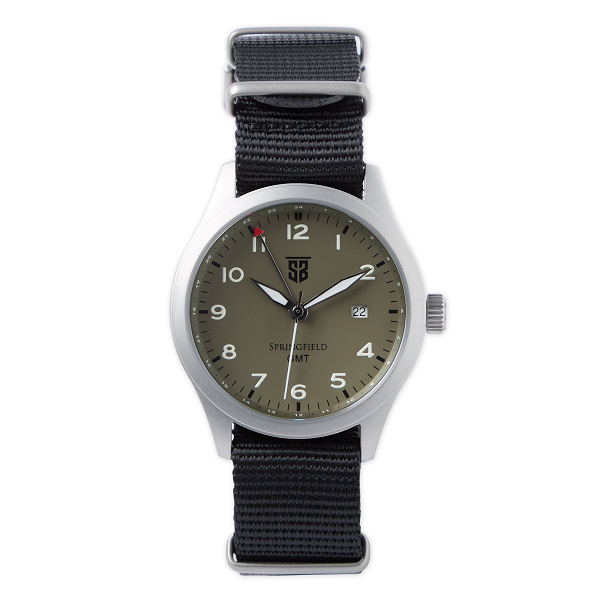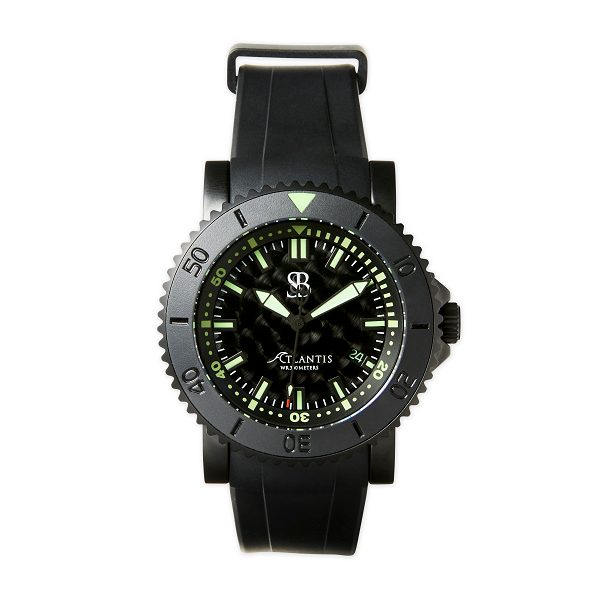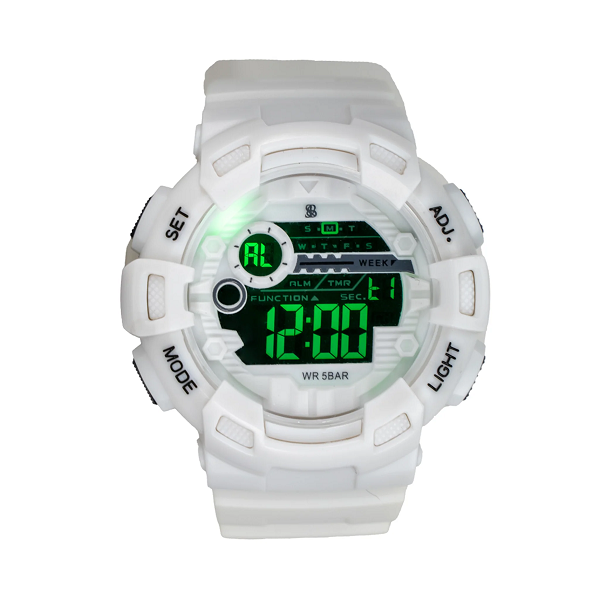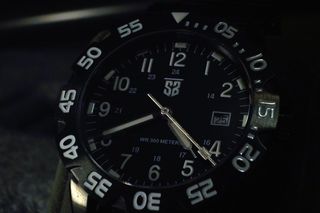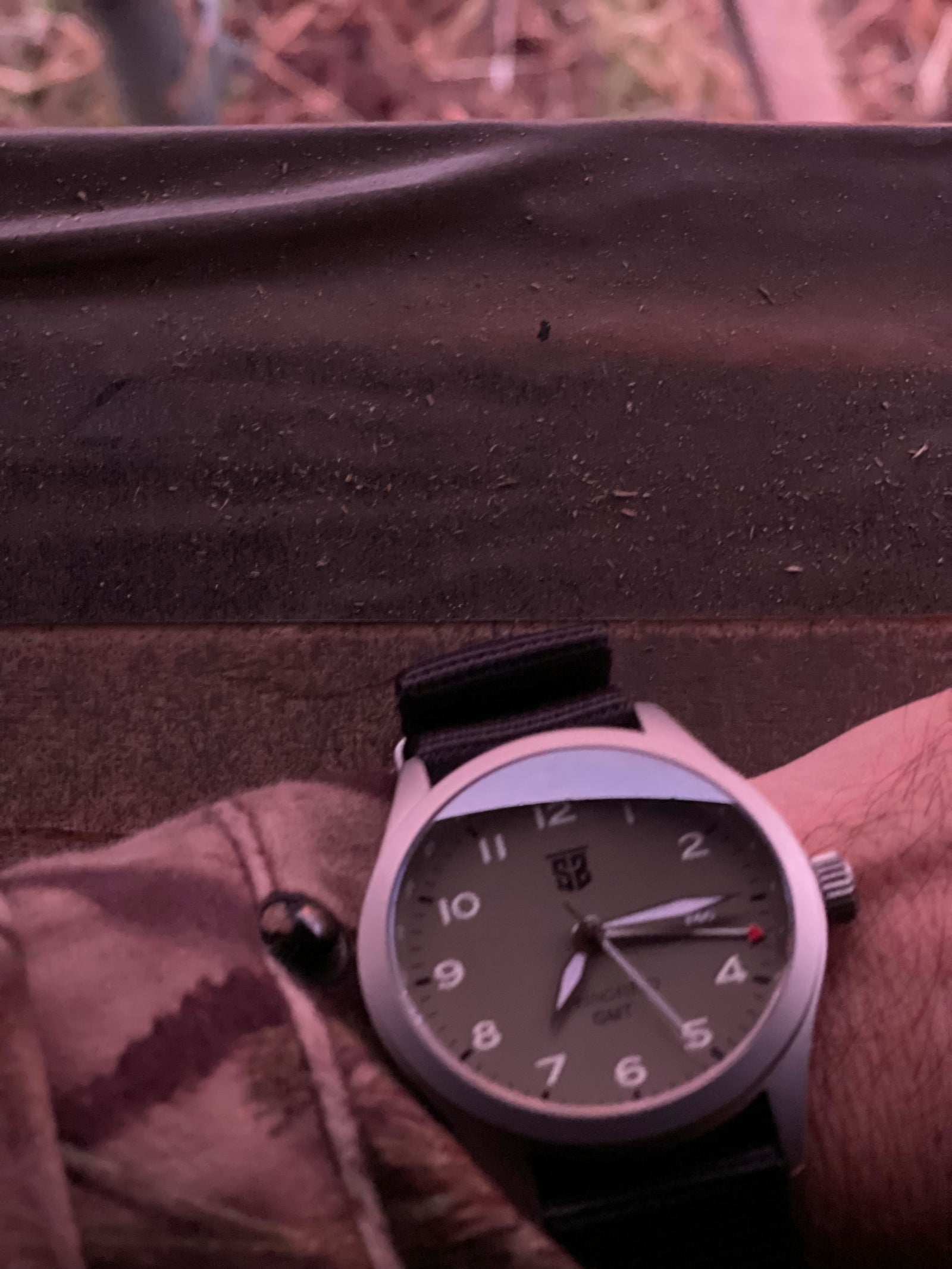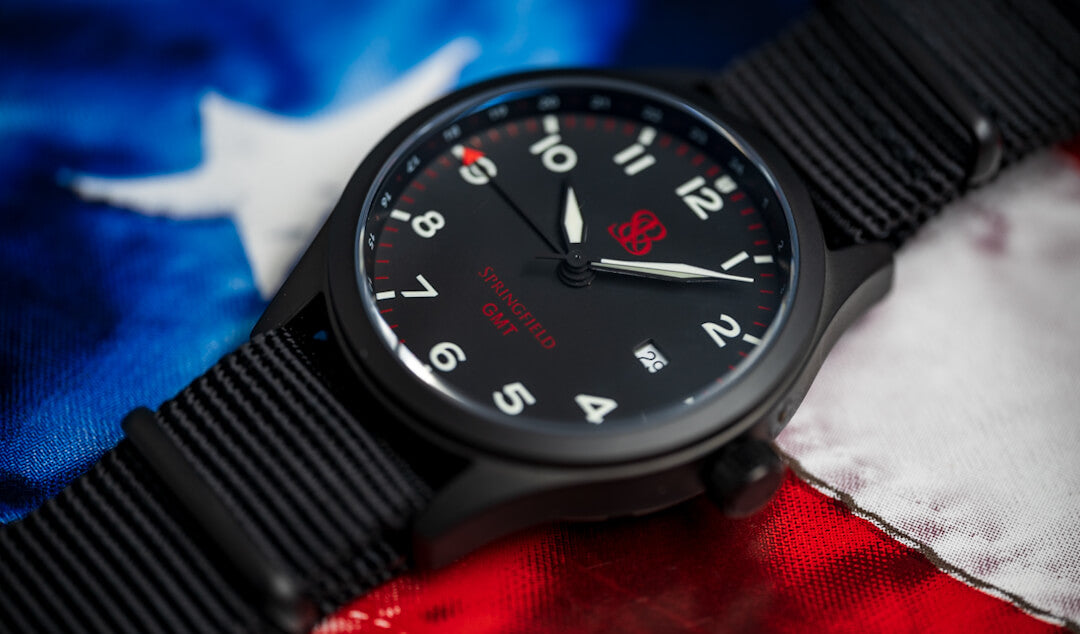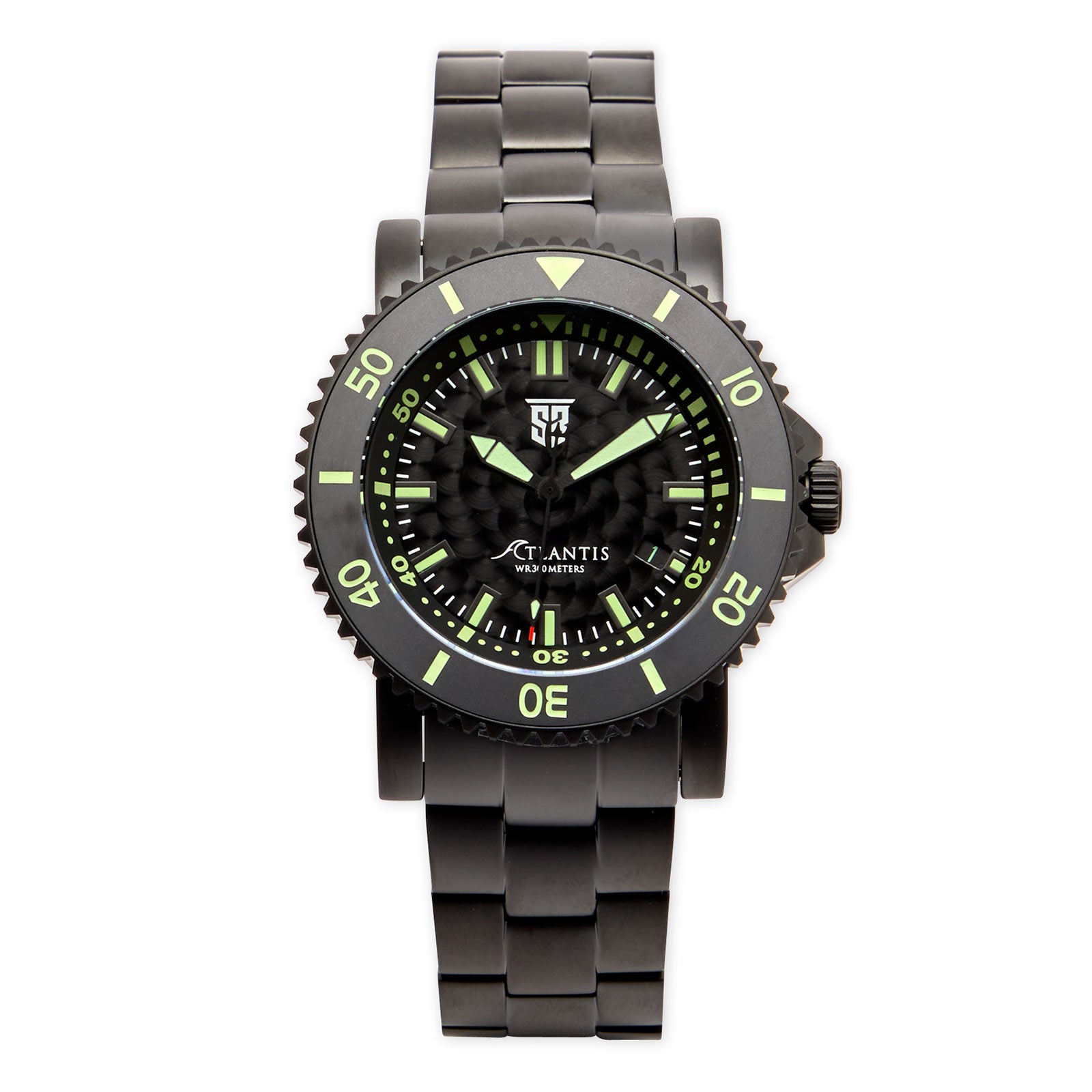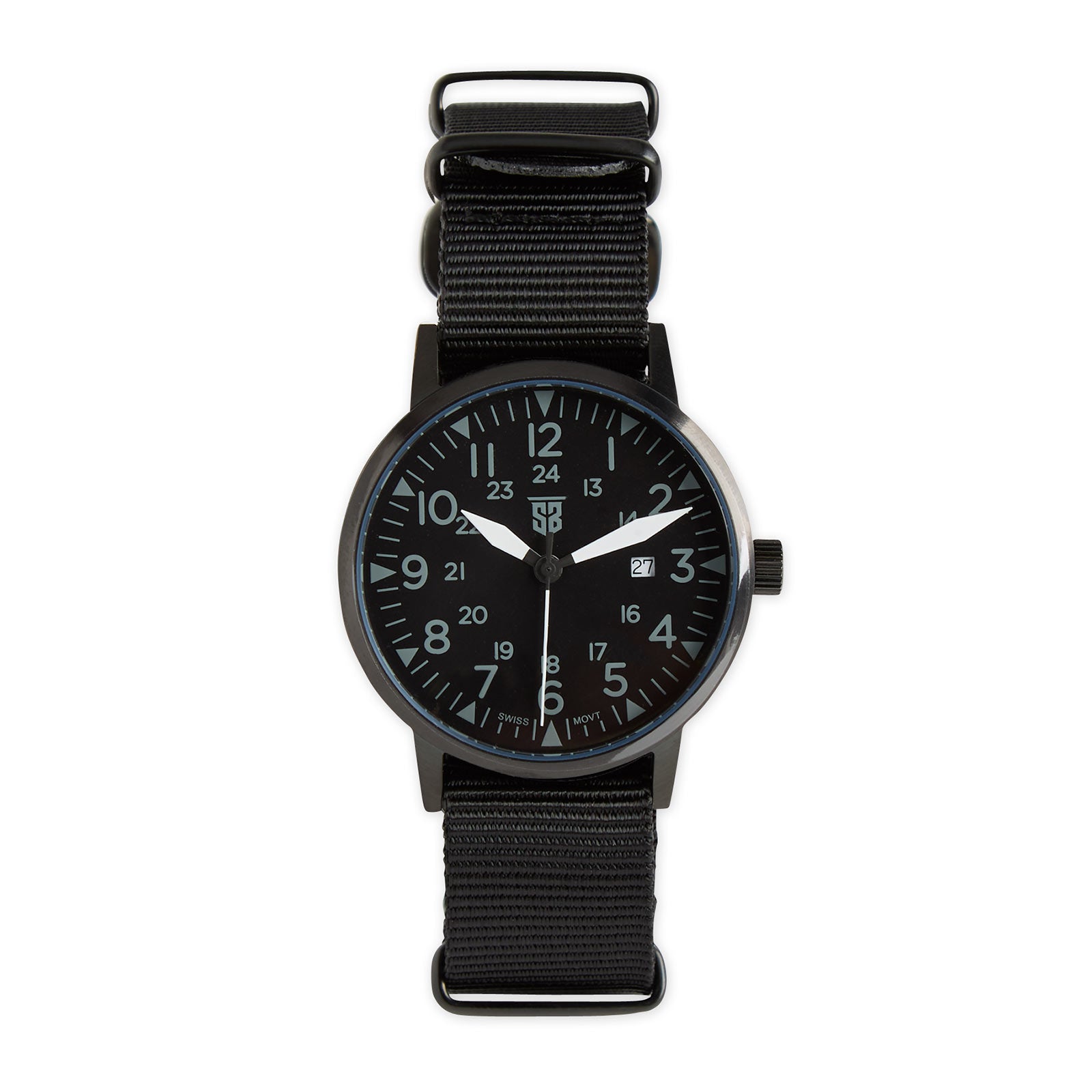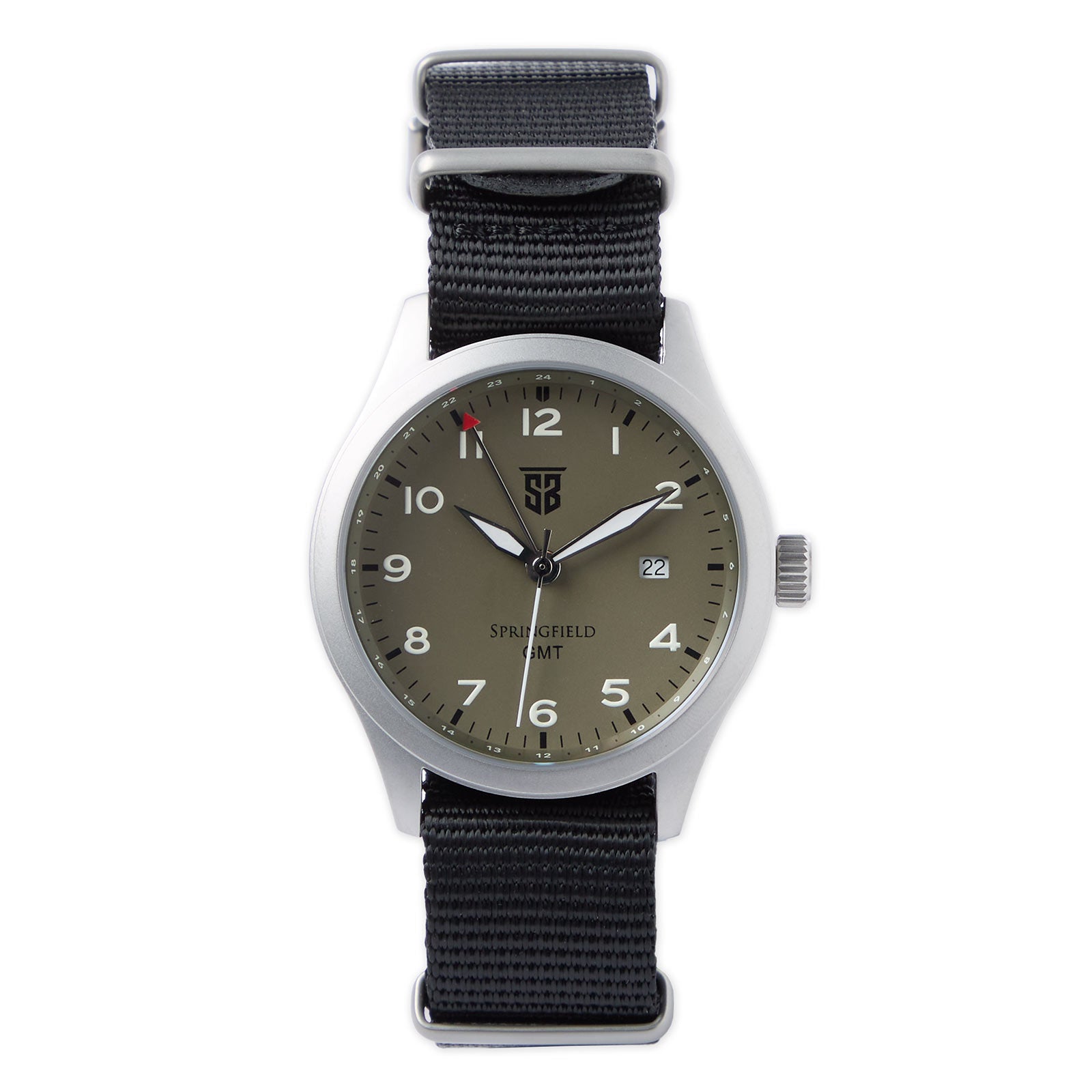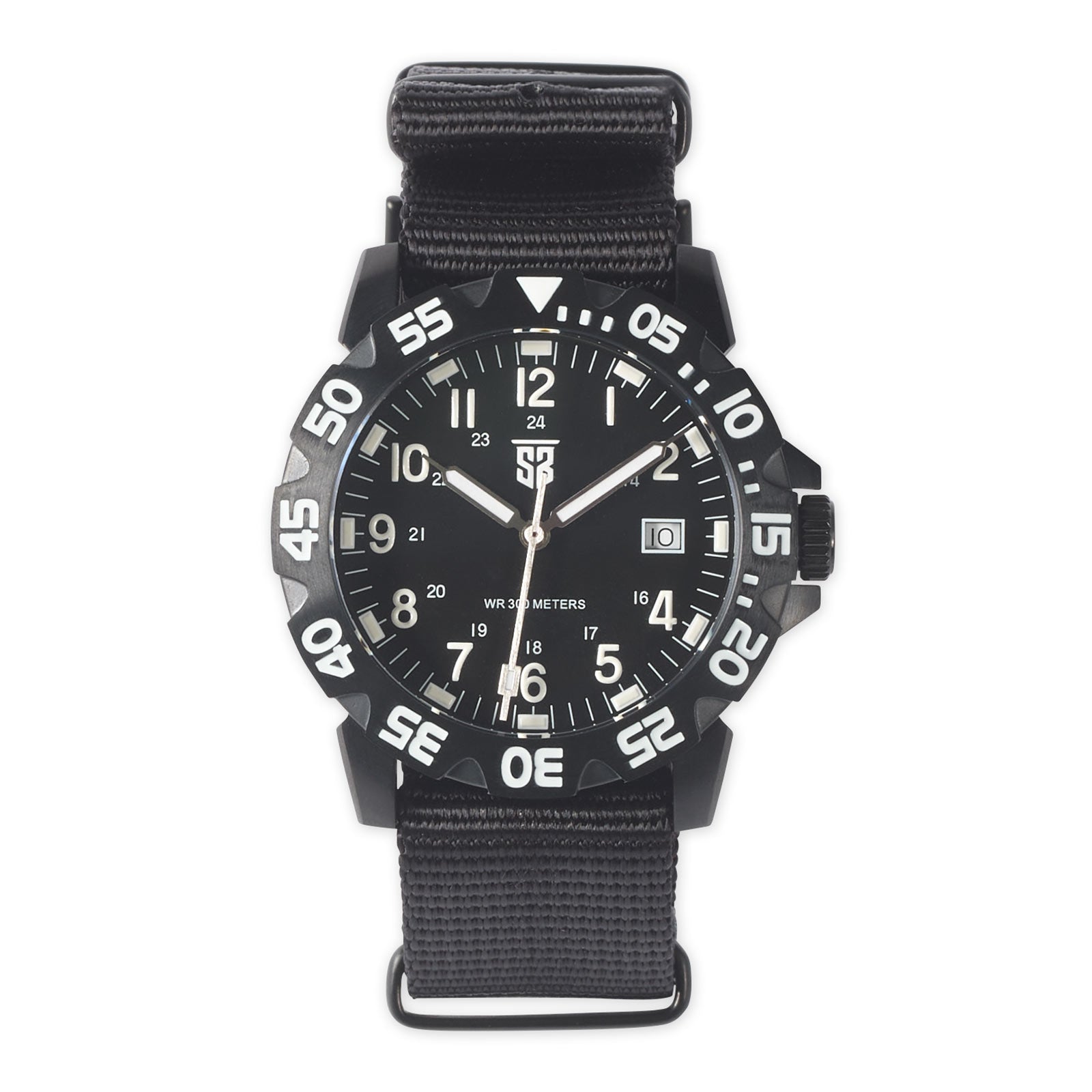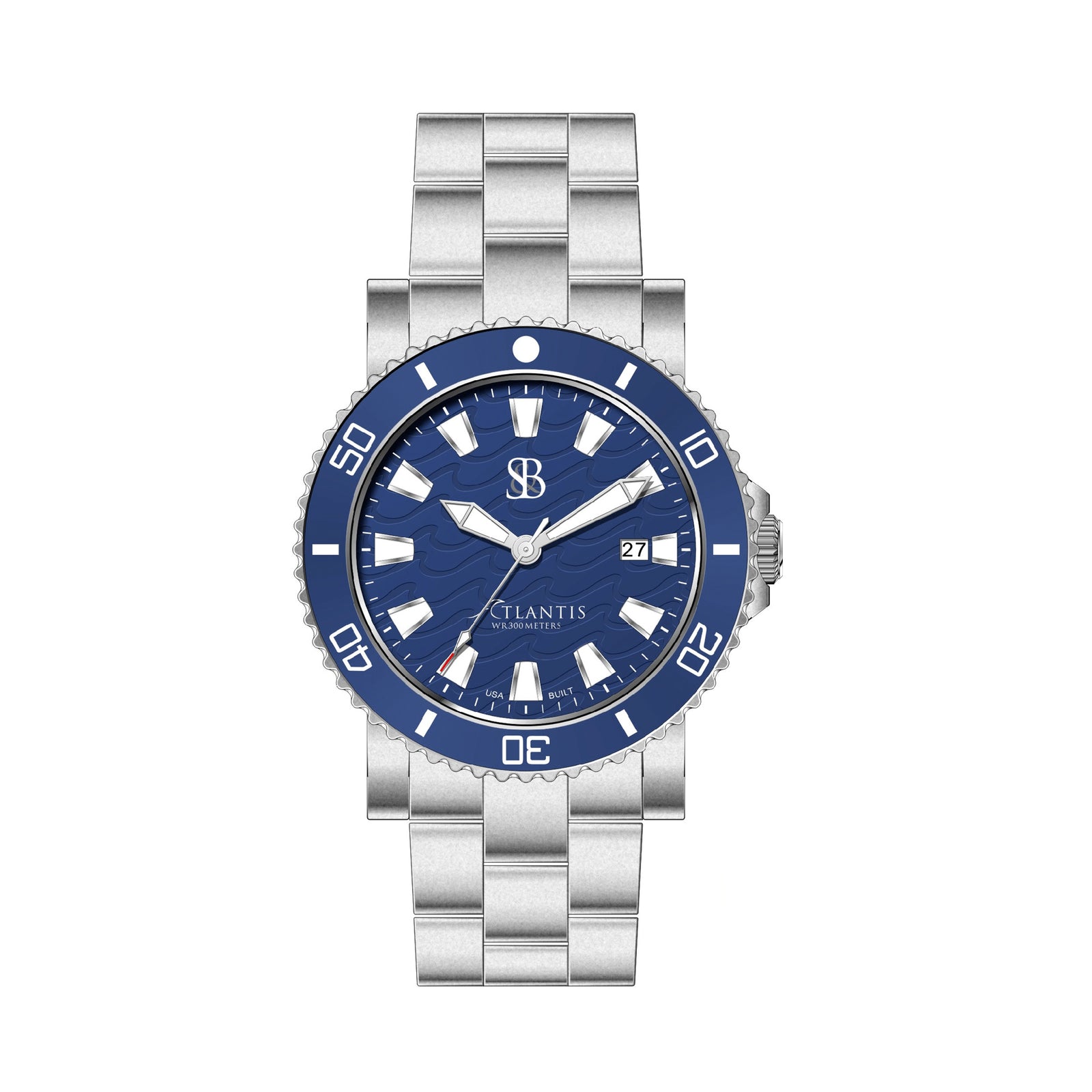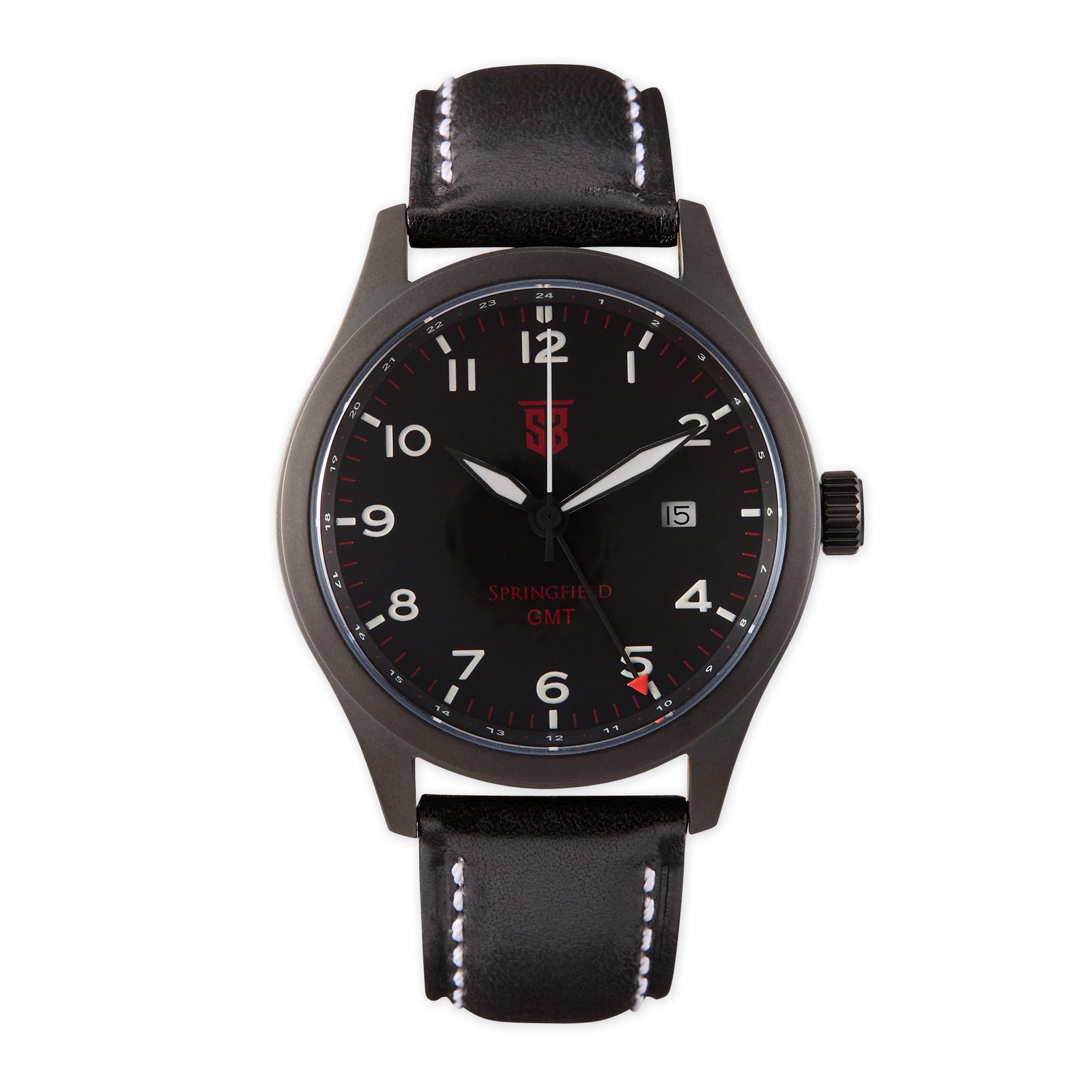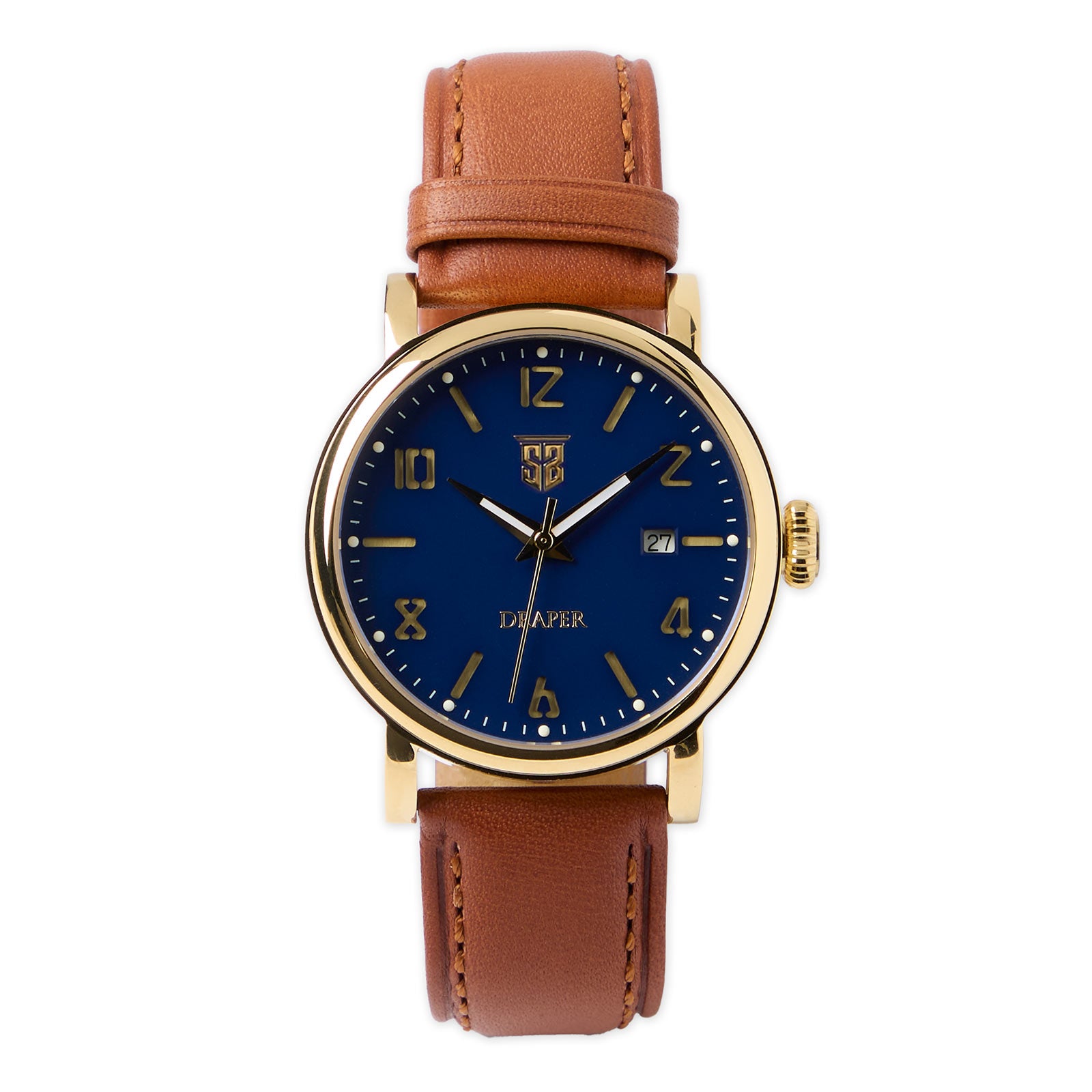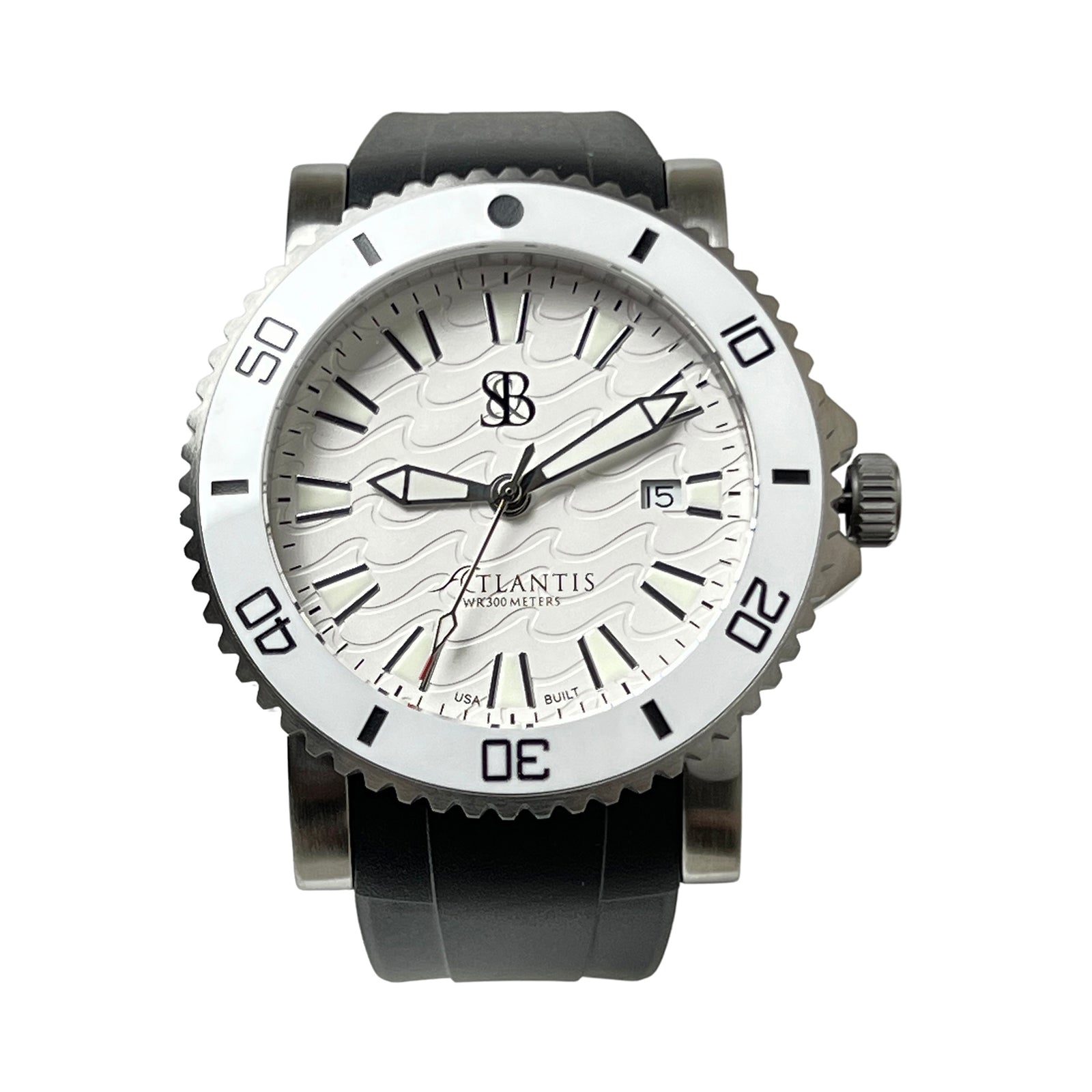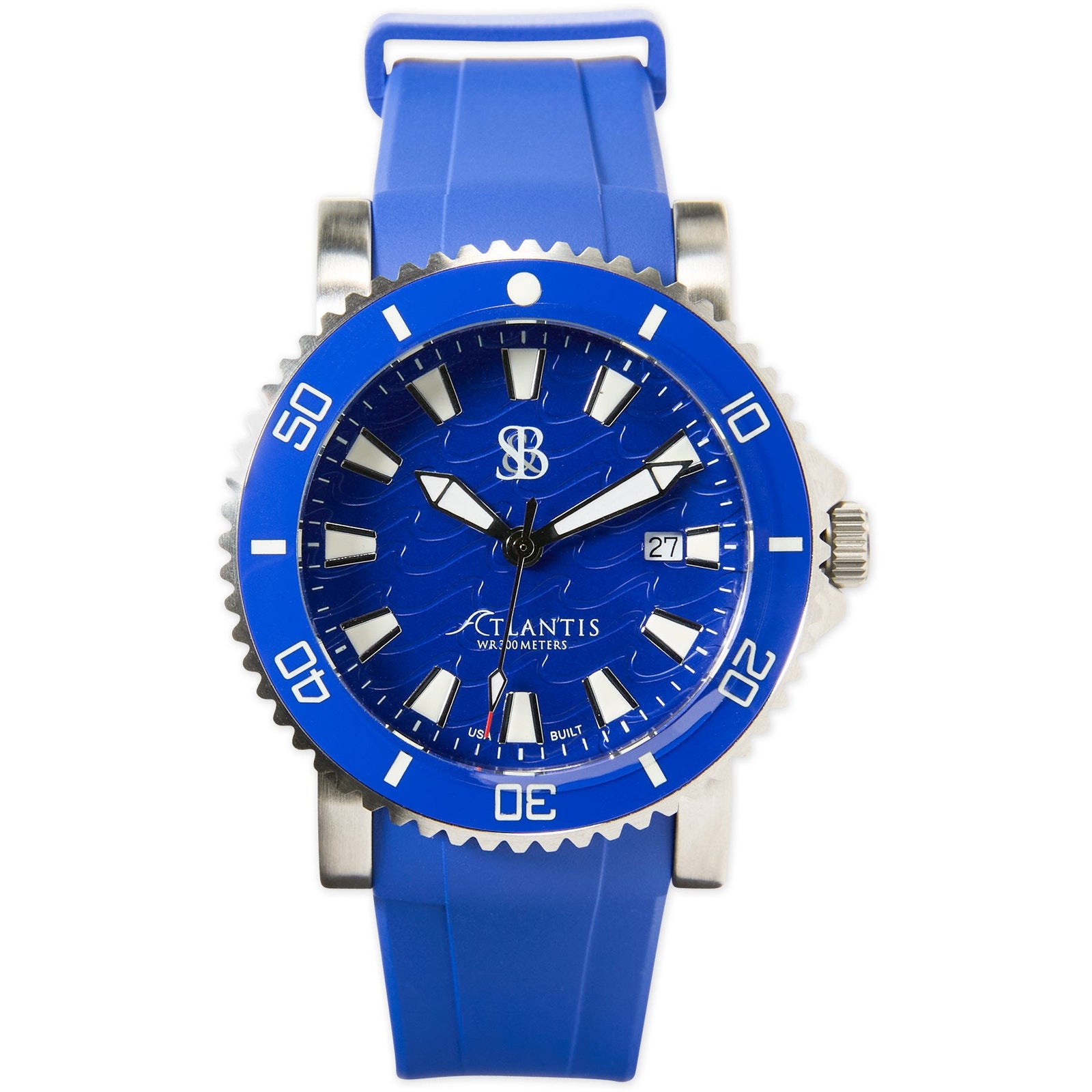Benefits of wearing a watch inside your wrist
Do you always have to wear a watch with the face pointed out? There are good reasons to choose a different approach like some soldiers have done for years. In this post, we'll explain the various reasons why military personnel wear their wristwatches on the inside of their wrists, as well as recommend a watch that works perfectly in this position if you're interested in getting one yourself.
Watches were originally designed to be worn inside your wrist
Yep, you read that correctly. The first watch was invented to be worn inside your wrist instead of on the outside. It's actually a feature that came about by somewhat by accident. Remember, the watch started not as a wrist watch, but as a pocket watch on a chain. Pocket watches were used as early as the 1500’s.
Then, inventor Louis Breguet created the first wristwatch in 1810 to be worn by military officers on horseback. The idea was that if your hands were busy holding onto reins and steering your horse, you wouldn't have much time to check your pocket watch for the time
Breguet designed his new watch so that when it was turned over into position on your wrist, its face would be protected from elements like dirt, water and sun damage—all things which could affect how accurately it told time. Early watches were complex machines and not as durable as today’s watches (particularly Smith & Bradley watches). It also meant that if you were wearing gloves or mittens during cold weather months, you'd still be able to see what time it was without having to remove them first.
So wearing the watch with the face on the inside of your wrist was a practical decision that also helped protect the delicate watches in the early days. But should you still wear your watch that way today? There are some reasons to consider it.
Benefits of wearing a watch on the inside of your wrist
The most common place to see this is in the military or law enforcement communities, but it’s common in industries where physical, hard work is done. Construction works, manufacturing work and other heavy duty workplaces might require it (or suggest it strongly).
Here are the five best reasons why soldiers choose to wear their watches upside down. We’re focusing on the military in particular because it matters so much in tactical situations:
Wearing a watch inside your wrist, protects the watch
As mentioned above, you want to protect a watch. If you’re wearing a non-tactical watch, this matters more. But a watch facing inside your wrist will be more protected from bumps and bruises over time. You’re less likely to crack the face.
There’s another less obvious protection as well. A watch on the outside of your wrist will have the crown facing down (when hands are down). On the inside, the crown is protected. This matters when you’re knee deep in water and mud sloshing around. The water is less likely to get inside of your watch and mess with the movement.
Light discipline means keeping the face of your watch hidden
Light discipline is a term that refers to the rules of military life, especially those that are related to avoiding unnecessary attention. One such rule is “keeping your hands away from your face and ensuring that only what’s necessary is exposed.”
Military personnel have a responsibility to ensure they aren't giving their enemy any information about themselves or their unit that could be used against them. When wearing a watch on the wrist, though, hiding its face can be difficult if you're not careful—it's something most people do unconsciously when checking the time. A watch face can reflect a glint of sunlight during the day, exposing your position, or glow brightly at night. We specifically designed Smith & Bradley watches to only lightly glow, so they never give away your position. But most watches try to get in too much illumination and it can cause an issue.
Wearing a watch inside your wrist is good light discipline. It protects the watch from reflection and hides the illumination. It prevents you from accidentally exposing your position to the enemy.
When aiming a weapon, the watch faces you
Picture yourself holding a rifle. Your dominant hand is on the trigger. But your watch hand is usually holding the rail. Your watch wrist will be pointed at your face. As a sniper, you might sit for hours like this. Do you really want the watch facing out?
If you’re wearing a watch on the outside of the wrist, you have the light discipline problem and you’ll have to let go and turn your arm to see the time. It’s not ideal. This applied to early watches when holding the reins while riding a horse. But you’d be surprised how many situations in life benefit from having the watch on the inside of your wrist: anytime you are holding something it’s the inside, not the outside of your wrist, that is pointed towards you.
This is a practical, smart way to think about wearing a watch.
In an active situation, it reduces your exposure
Another way to think about this. Imagine being in a war zone. Time is critical as you plan operations. If your watch face is on the outside of your wrist, you have to lift your arm and turn it to see the time. This effectively doubles the width of your body, increasing your exposure.
However, with your watch facing in, a slight turn of the wrist often exposes the time. Wearing a watch upside down reduces your personal risk in that situation.
Wearing a watch on the inside identifies you as military
Wearing a watch on the inside of your wrist is a way to signal that you're military. If you're in uniform, it's easy for others to see that you are part of the armed forces. But when out of uniform, wearing your watch upside down can help identify you as military to other military personnel. Often civilians won’t realize the connection.
This is a subtle way to signal your affiliation and accomplishments to others. And, frankly, it looks cool too.
Our Smith & Bradley SANS-13 Military Watch is made to work inside the wrist
From the start, Smith & Bradley watches were designed for law enforcement officers, soldiers, special forces and other personnel who need a tactical watch. So we originally designed the SANS-13 Military Watch to work inside the wrist. And we used a NATO watch strap which was specifically designed for military use.
The SANS-13 watch has a hardened steel case and sapphire crystal face to make it durable even if you choose to wear it outside of your wrist. And its Swiss movement makes sure it's accurate when you most need it. It has a 24-hour dial again for our military wearers. And we made it water proof and indestructible. So we recommend it first for all soldiers, police and others who find themselves working in tough environments.
Military personnel wear watches upside down for a variety of reasons
There are a variety of reasons why military personnel wear their watches inside their wrist:
- To protect the watch from physical and water damage
- To keep the timepiece hidden and out of sight.
- So they can see the time when holding a weapon
- To reduce their exposure to others
- And for identification purposes
Should you try wearing a watch inside your wrist?
Wearing a watch upside down is a small part of military culture that many people are unaware of. It can tell us a lot about the people who wear them and why they do so. There are great reasons to do this if you are in tactical situations or the military. But you might want to consider it anyway.
It does show appreciation and camaraderie with our military and police. We live in tough times a little nod in their direction is helpful. But it’s also an intelligent way to wear a watch: often you’ll find it much easier to tell the time when the watch is on the inside of your wrist instead of the outside.
Now, it doesn’t show off the watch quite as much. But that’s okay. Our watches are designed to serve, rather than look like jewelry.





